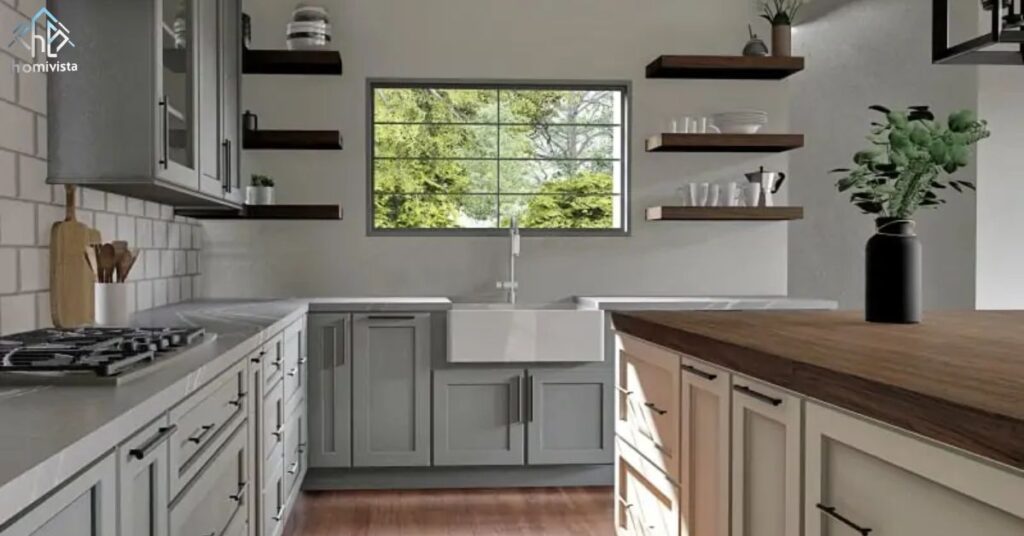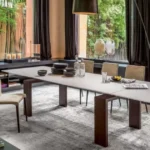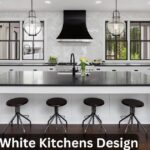Imagine opening your kitchen cabinets, and they look as fresh and stylish as the day they were installed. Maintaining the functionality and aesthetics of your kitchen is crucial for any homeowner. This guide will help you determine how often you should replace kitchen cabinets and what factors influence this decision.
Factors Influencing Cabinet Replacement
Material and Build Quality
The material and build quality of your kitchen cabinets significantly impact their lifespan. Solid wood cabinets, for instance, are known for their durability and can last 20-30 years or more with proper care. On the other hand, Medium-Density Fiberboard (MDF) cabinets generally last around 10-15 years due to their susceptibility to moisture and damage. Laminate cabinets fall somewhere in between, with a typical lifespan of 15-20 years.
Like This Post: Can You Replace Countertops Without Replacing Cabinets
Lifespan Expectancy Table
| Material | Lifespan |
| Solid Wood | 20-30+ years |
| MDF | 10-15 years |
| Laminate | 15-20 years |
High-quality solid wood cabinets might be more expensive initially, but their longevity often justifies the investment. Conversely, budget MDF cabinets might need more frequent replacements, which could cost more in the long run.
Wear and Tear
Daily use takes a toll on kitchen cabinets. In a busy family kitchen, cabinets might show signs of wear faster due to constant opening, closing, and exposure to spills and splashes. Signs of wear include peeling surfaces, discoloration, and broken hinges.
Busy Family Kitchen vs. Single-Person Household
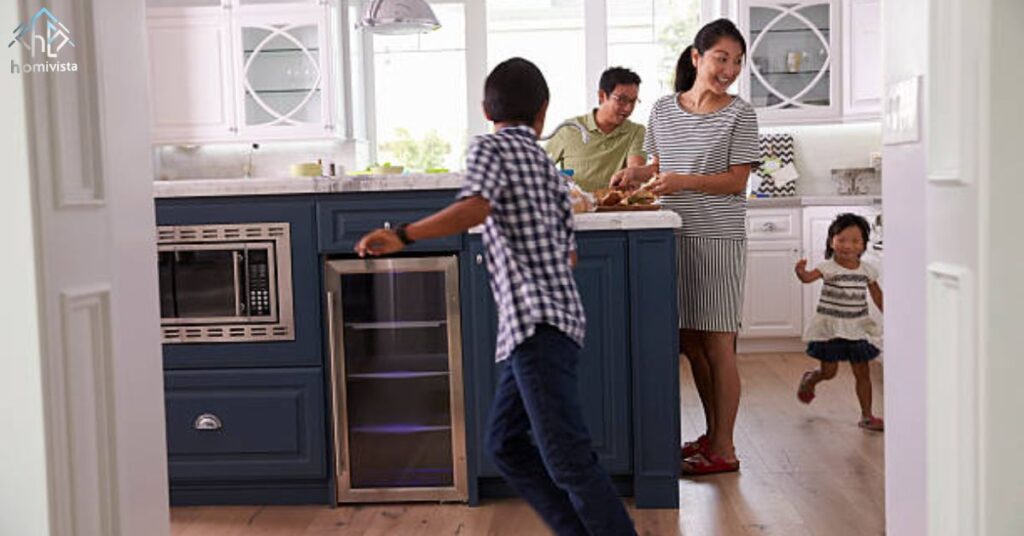
- Busy Family Kitchen: In a household with children, cabinets might endure more stress. Frequent use can lead to faster deterioration.
- Single-Person Household: Cabinets in a single-person household or less frequently used kitchen tend to last longer.
Environmental Factors
Environmental factors like humidity and temperature fluctuations can also affect cabinet lifespan. High humidity can cause wood to warp or swell, while extreme temperatures can lead to cracking or peeling. To combat these issues, ensure your kitchen is well-ventilated and consider using a dehumidifier in particularly humid climates.
Maintenance Tips
- Regular Cleaning: Wipe down cabinets with a damp cloth and mild cleaner to prevent grime build-up.
- Proper Ventilation: Ensure good air circulation to reduce humidity levels.
- Avoid Direct Sunlight: Prolonged exposure to sunlight can cause discoloration.
According to a survey by the National Association of Home Builders, 25% of homeowners reported damage to their cabinets due to environmental factors.
Signs It’s Time to Replace Your Kitchen Cabinets
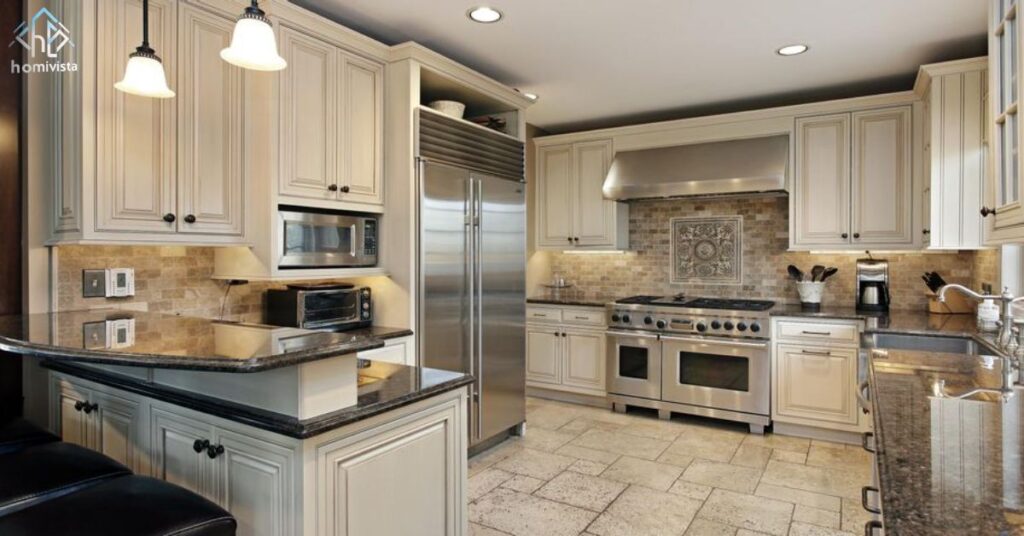
Visible Damage
Visible damage is a clear indicator that it’s time to replace your kitchen cabinets. This includes water damage, which can cause warping or swelling, as well as cracks and peeling surfaces. Not only does this damage detract from your kitchen’s appearance, but it can also affect the functionality of your cabinets.
Outdated Style
An outdated kitchen can make your entire home feel less modern. Trends in kitchen design change over time, and what was stylish a decade ago might now seem old-fashioned. Updating your cabinets can give your kitchen a fresh, contemporary look, which is especially important if you’re planning to sell your home.
Resale Value Impact
A modern, updated kitchen can significantly increase your home’s resale value. According to Remodeling Magazine’s Cost vs. Value report, a minor kitchen remodel, including cabinet replacement, can provide a return on investment (ROI) of around 81%.
Decreased Functionality
When your kitchen cabinets no longer function properly, it’s time to consider a replacement. Drawers that stick, doors that won’t close, and shelves that sag are all signs that your cabinets are past their prime. Replacing them with new, high-quality cabinets can restore the functionality of your kitchen.
Alternatives to Full Replacement
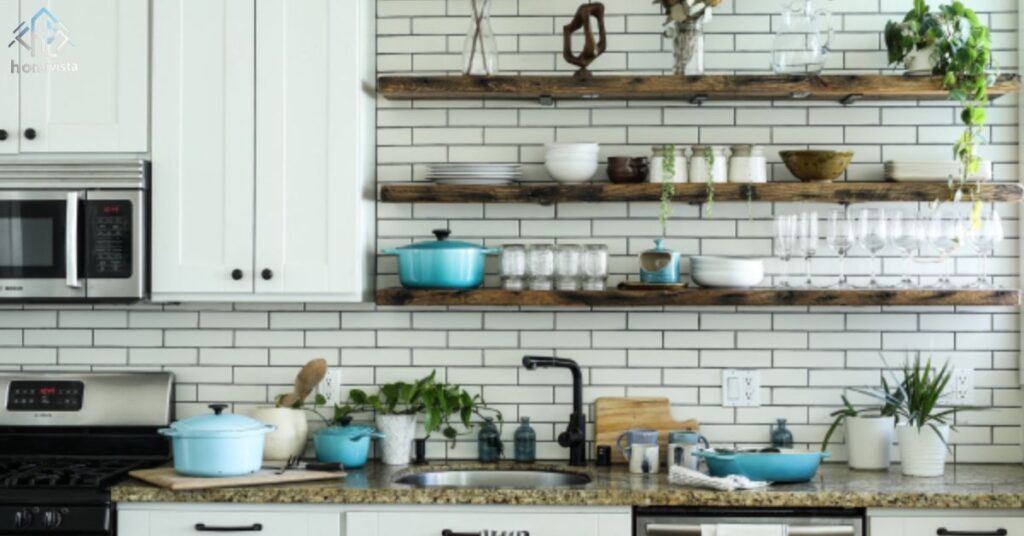
Refacing Cabinets
Refacing your cabinets is a cost-effective alternative to a full replacement. This process involves replacing the doors and drawer fronts while keeping the existing cabinet structure.
- Remove Old Doors and Drawer Fronts: Detach the old cabinet fronts.
- Apply Veneer: Cover the existing cabinet boxes with a new veneer.
- Install New Doors and Drawer Fronts: Attach the new components to the refaced cabinet boxes.
Cost Comparison
| Replacement Type | Average Cost |
| Full Replacement | $12,000 – $20,000 |
| Refacing | $4,000 – $9,000 |
Refacing offers a refreshed look at a fraction of the cost of full replacement. However, it might not be suitable if your cabinet structure is damaged or deteriorating.
Repainting or Refinishing
Repainting or refinishing your cabinets is another budget-friendly option. This involves sanding down the existing finish and applying new paint or stain.
Here are.
- Prep the Surface: Clean and sand the cabinets.
- Apply Primer: Ensure a smooth base for the paint.
- Paint or Stain: Apply your chosen color or stain.
- Seal: Protect the new finish with a sealant.
Repainting or refinishing can cost between $200 to $1,500, depending on the size of your kitchen and the quality of materials used. This method requires significant effort but can dramatically transform the look of your kitchen.
Before and After Visuals
Refinishing your cabinets can give them a new lease on life without the expense of a full replacement.
How Often Should You Replace Kitchen Cabinets?
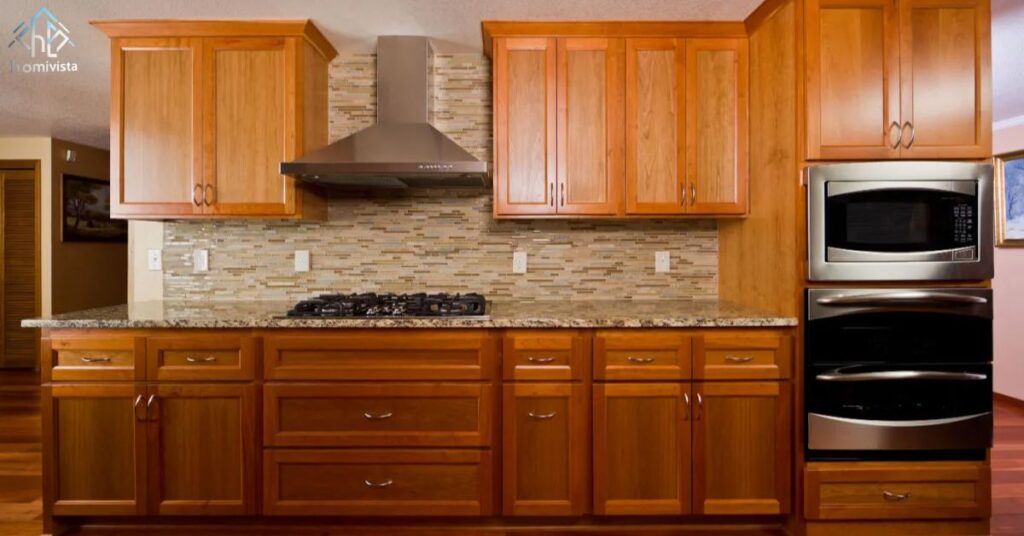
General Timeline
On average, kitchen cabinets should be replaced every 15 to 20 years. This timeline can vary based on the factors discussed above, such as material quality, daily use, and environmental conditions.
Some,
- Quality of Installation: Poor installation can shorten the lifespan of your cabinets.
- Level of Maintenance: Regular maintenance can extend the life of your cabinets.
- Kitchen Usage: A heavily used kitchen will see cabinets wear out faster.
Custom Recommendations
Here are some.
Inspect Regularly: Check for signs of damage or wear.
- Consider Functionality: Evaluate how well your cabinets are functioning.
- Think About Style: Decide if your cabinets still fit your desired aesthetic.
Checklist: Key Indicators
- Visible Damage: Warping, cracks, or peeling.
- Outdated Look: Cabinets look dated compared to current trends.
- Poor Functionality: Doors and drawers not operating smoothly.
Cost Considerations for Replacing Kitchen Cabinets
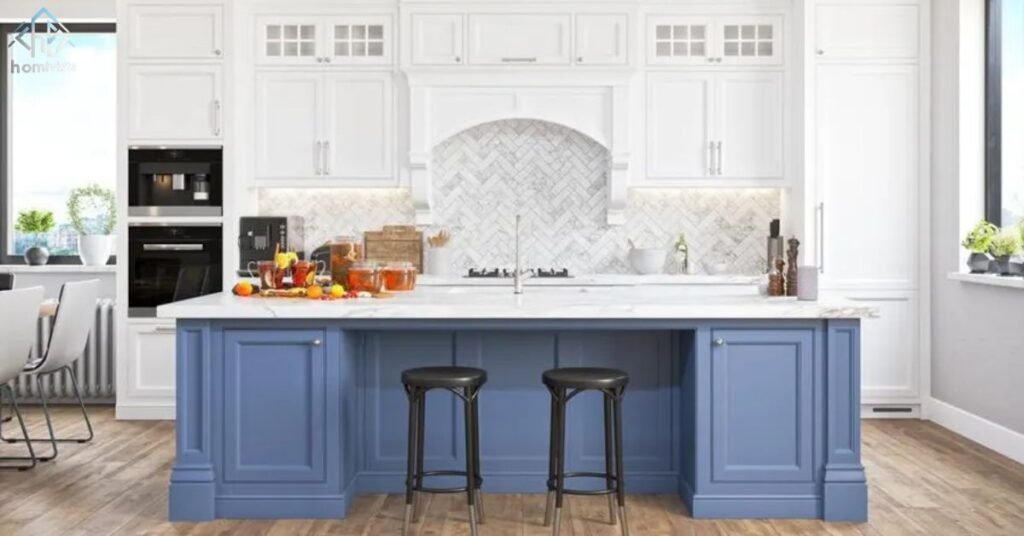
Budgeting for New Cabinets
| Cost Component | Average Cost |
| Cabinet Materials | $4,000 – $15,000 |
| Labor | $3,000 – $8,000 |
| Installation | $1,000 – $2,000 |
| Total | $8,000 – $25,000 |
Some .
- DIY Demolition: Save on labor costs by removing old cabinets yourself.
- Shop Sales: Look for sales and discounts on cabinets.
- Choose Stock Options: Custom cabinets are more expensive than stock options.
Financing Options
If paying out-of-pocket isn’t feasible there are several financing options available.
Home Equity Loans
Using a home equity loan can be a good option for financing large renovations like cabinet replacement. These loans typically offer lower interest rates compared to personal loans.
Payment Plans
Many retailers and contractors offer payment plans. These plans allow you to spread the cost over several months or years.
Pros and Cons of Financing Methods
- Home Equity Loans: Lower interest rates but require using your home as collateral.
- Payment Plans: Convenient but can come with higher interest rates.
Conclusion
Replacing your kitchen cabinets is a significant decision that can enhance both the functionality and aesthetics of your kitchen. By considering factors like material quality, wear and tear, and environmental conditions, you can determine the best time to replace your cabinets.
Regular maintenance and exploring alternatives like refacing or refinishing can also extend the life of your cabinets. Ultimately, investing in high-quality cabinets and proper care will ensure your kitchen remains a beautiful and functional space for years to come.
FAQ
How do I know if my kitchen cabinets are solid wood or MDF?
Solid wood cabinets will have visible grain patterns and can be sanded and refinished multiple times. MDF cabinets are smooth and often covered with a laminate or

